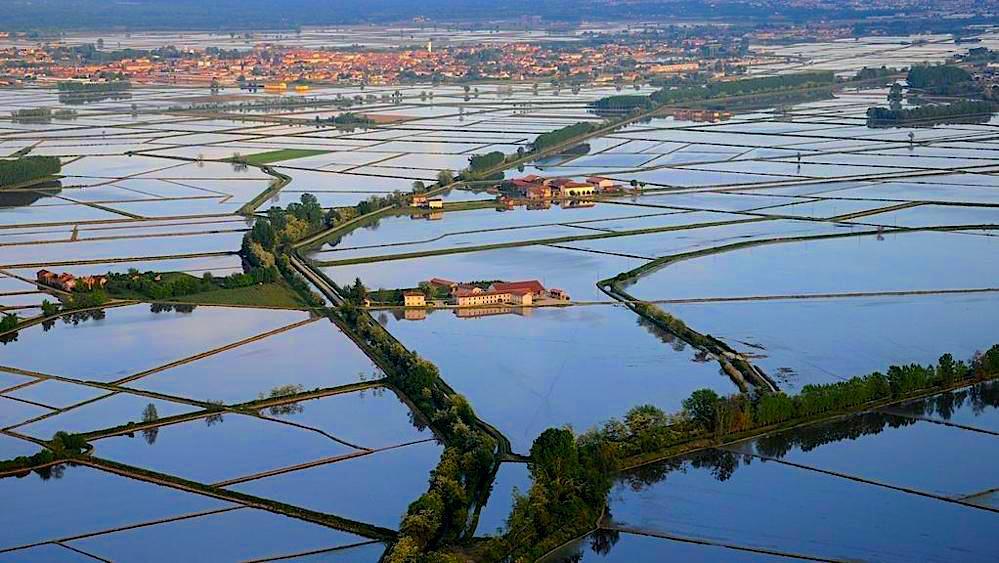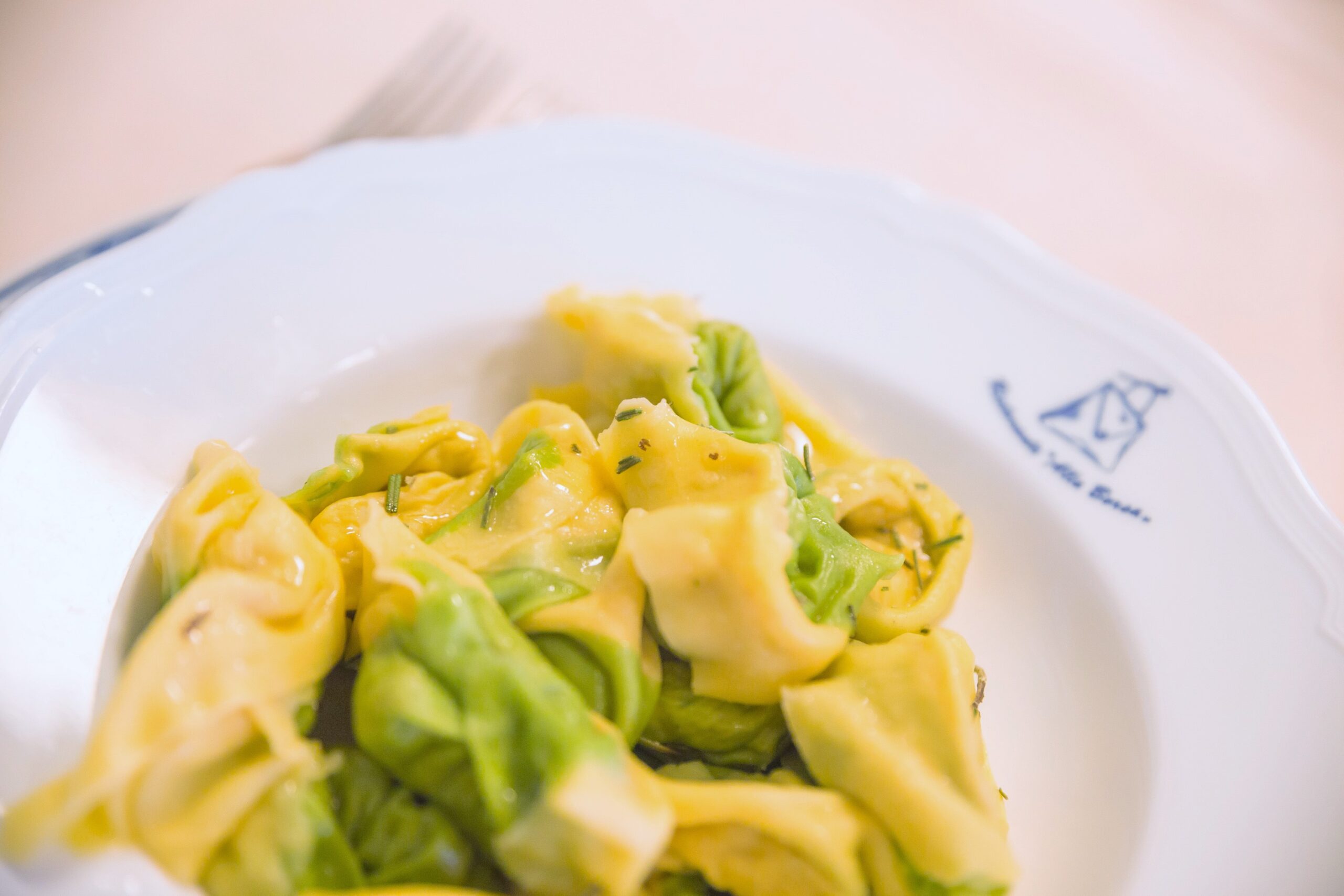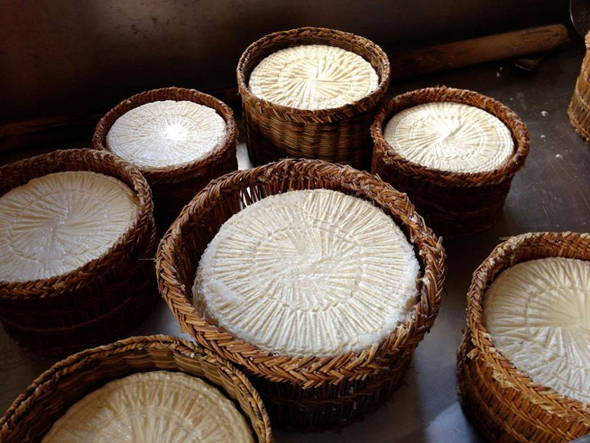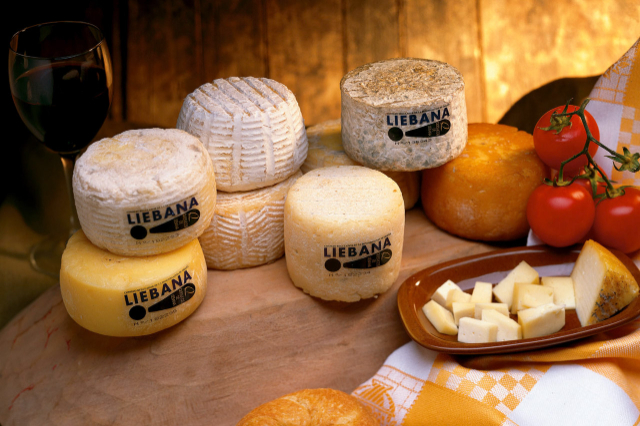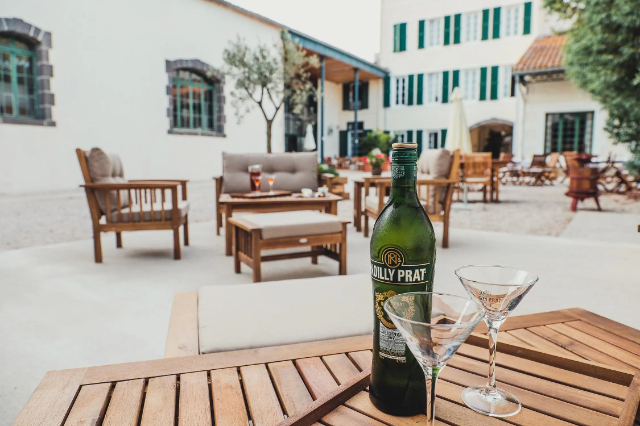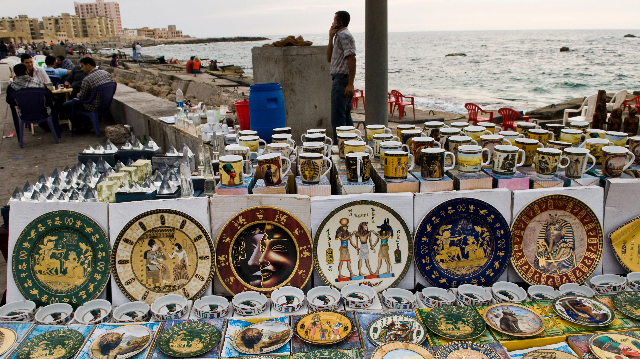There are nine "traditional" or "historical" varieties of rice (Orhyza sativa), all belonging to the japonica subspecies, those still cultivated for their agronomic and organoleptic characteristics and for their traditional use in typical regional dishes and preparations: Arborio, Baldo, Balilla, Carnaroli, Gigante Vercelli, Maratelli, Razza 77, Sant’Andrea and Vialone Nano.The cultivation of rice takes place, on a national level, in the so-called Po Valley (that is, the strip of the Po Valley that follows the course of the river and includes part of Piedmont, Lombardy, Emilia Romagna and Veneto), an area that has an environment with soil and climatic characteristics very favorable to rice, even though it is located at the highest northern latitude for this crop. At the regional level, rice cultivation is widespread in the provinces of Vercelli and Novara and, to a lesser extent, in the provinces of Biella and Alessandria, as well as a small area in Bra, in the province of Cuneo.rice cultivation, understood as a true agricultural phenomenon, began in the fifteenth century starting in Lomellina and from here it rapidly expanded into the Piedmontese territory both to the north (in Novara) and to the west (in the provinces of Vercelli, Biella and Alessandria). Tradition has it that the Cistercian monks of the Abbey of Lucedio (from the French monastery of La Fertè) were responsible for introducing and spreading rice cultivation in Piedmont. Initially, it was only grown in marshy land and wetlands, where other crops were not well suited to planting. It was the monks of Lucedio, in the first half of the 12th century, who reclaimed the many lands available and cultivated them, first alternating with other cereals and then in an increasingly specialised way. The area cultivated with rice therefore had a limited but continuous growth until the 18th century; the real turning point came in the second half of the 19th century, with the construction of the Cavour canal and the creation of the irrigation system typical of the rice fields of Piedmont and Lombardy which, still today, constitutes the characteristic element of an agricultural landscape unique in the world.
